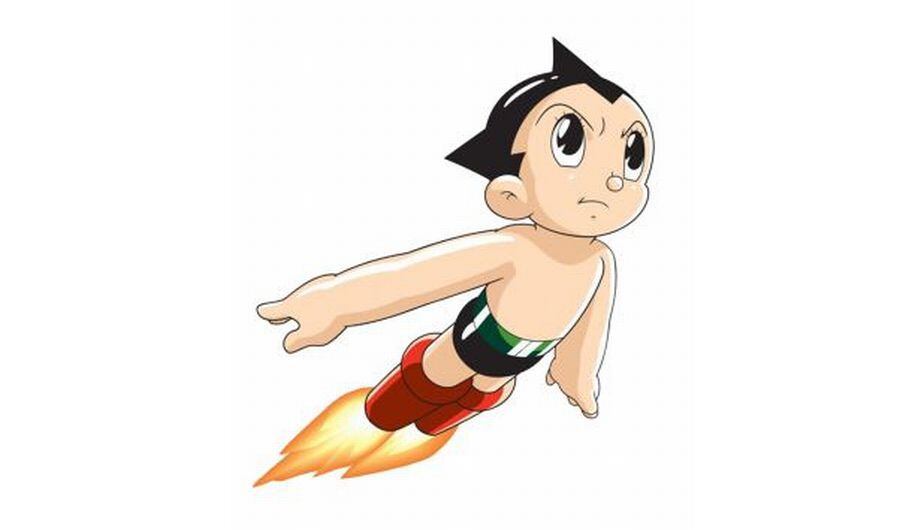Japan it is the oldest continuous monarchy in the world. According to myth, Jimmu Tennō, literally “divine warrior”, a descendant of the sun goddess Amaterasu, assumed the throne as the first emperor 27 centuries ago. Historians doubt its real existence, so the founding date of the empire will remain unknown.
Kinmei Tennō (539-571) is considered the first historical emperor. And his family, represented by a 16-petaled chrysanthemum flower, has ruled the country for more than 1,500 years. Known as Tennou Tanjyobi, Emperor’s Day celebrates the birth of the current monarch, Naruhito, born on February 23, 1960. Considered a symbol of the State and the unity of the country, although without effective political power, it is customary that on that day, accompanied by by the empress and the rest of the imperial family, appear three times from the window of the east wing of her palace in Tokyo, to welcome the assembled crowd, holding Japanese flags and shouting banzai.
This ceremony is a good example of how Japan seeks to articulate tradition and modernity, an ideal that drives its society. A process in which various misunderstandings arise, by the way. According to Kazuyuki Hanagata, a professor at the Department of Humanities and Social Sciences at the University of Shizuoka in Japan, the first of these is the confusion between associating “modernity” with science and technology, or with the westernization of the Asian country. “If we think about the first, I could say that Japan has been able to articulate tradition and modernity. The Japanese reaction to COVID-19, for example, was exemplary: many Shinto or Buddhist talismans were sold here to defend themselves against the disease but, at the same time, everyone accepted the use of masks and the vaccine. In Japan people believe that science and technology are the basis of life in this natural world, leaving religious beliefs to the inner, more spiritual world. And it does not try to articulate both. Accepting their different values without trying to resolve them into one is the secret of this successful articulation.Hanagata explains.
adapt to change
As Larry López, a professor at Yamagata University, points out, Japan is a country subject to severe natural phenomena, from typhoons to floods, as well as earthquakes, tsunamis or volcano eruptions. This characteristic, according to the specialist, has forged through the centuries a relationship of respect, acceptance and adaptation between the Japanese and their environment.
“Technological development and the search for economic well-being in Japanese society have never neglected the harmony that the citizen maintains with his environment. This feeling is transmitted from generation to generation, through very well structured educational programs. This helps to legislate laws that protect and seek to obtain an economic benefit from the environment but without harming it and that they are respected to the letter. Japan is an example that there are achievable goals and that the best goal when they are unattainable is adaptation“, Add.

A culture of harmony
For Daisy Saravia, an expert writer in Chinese, Japanese and Korean literature, if Japan is an example of combining tradition and modernity, it is due to the formulation of strategies that have allowed it to adapt to Westernization, from the Meiji period to the present. “A key aspect is to understand this process as part of a harmony, that is, to think that tradition and modernity can coexist without alterations. Japanese society, especially since the 20th century, has functioned under the logic of being a culture of harmony.”, says the teacher from San Marcos.

“Of course, like any culture, modernization generates friction. I think it is a constant struggle that even reaches pop culture. In anime, for example, we are living with futuristic stories like “Gundam”, “Astroboy” or “Evangelion”, where robotics and technology seduce us and question the role of progress, the role of the individual and their society. On the other hand, we lived the yōkai nostalgia from the appearance of Shigeru Mizuki’s “Gegege no Kitaro” until reaching the current pocket monsters like Pokemon “affirms Saravia, for whom, no matter how you look at it, pop culture is a space for dialogue between traditional values and modernity for Japanese youth who have expectations of well-being, but who do not always find them in the conventional idea of progress.

Coinciding with her, David Gallegos, a graduate in Systems Engineering from the Technological Institute of Mérida, in Mexico, and an expert in manga and anime, Japan has managed to articulate tradition with modernity through its pop culture, reinventing old stories or adopting the bases of their traditions to create attractive fictions for the new generations. “They have encouraged the curiosity of those who are interested in knowing the foundations of these stories, and who, at the same time, discover their differences. To cite a few examples, Nioh is a series of video games where a wide variety of yōkai appear, the wave of J-horror movies of the nineties takes characteristics from stories about yūrei, in the visual novel Higurashi: When they cry the atmosphere is breathed of a tradition that should not be questioned, and finally the anime Folktales from Japan, which adapted classics like Momotaro“, Add.
Source: Elcomercio
I have worked as a journalist for over 10 years and have written for various news outlets. I currently work as an author at 24 News Recorder, mostly covering entertainment news. I have a keen interest in the industry and enjoy writing about the latest news and gossip. I am also a member of the National Association of Journalists.

:quality(75)/cloudfront-us-east-1.images.arcpublishing.com/elcomercio/IELTQ3I4XFENNHICIWX4DSYNQU.jpg)


:quality(75)/cloudfront-us-east-1.images.arcpublishing.com/elcomercio/E7JRKTJ7BVHY3FDVX5MLG4LOII.jpg)
:quality(75)/cloudfront-us-east-1.images.arcpublishing.com/elcomercio/UKCI4OQQNJF5HJXBWOMXWB37VY.jpg)
:quality(75)/cloudfront-us-east-1.images.arcpublishing.com/elcomercio/BYOWK7IETNERHBOR57EJXLKP7A.jpg)
:quality(75)/cloudfront-us-east-1.images.arcpublishing.com/elcomercio/U7UJBKDZWRCZ7C2NJBZLQ2IHMA.jpg)
